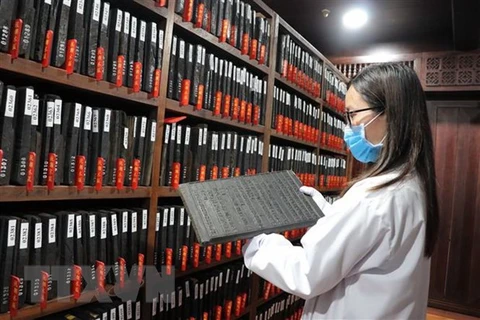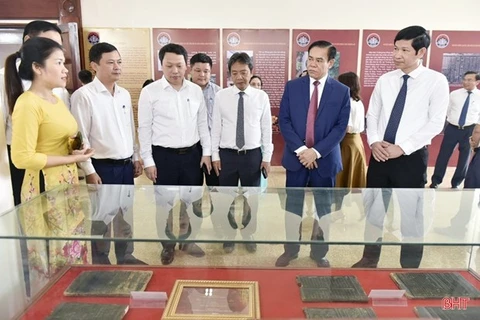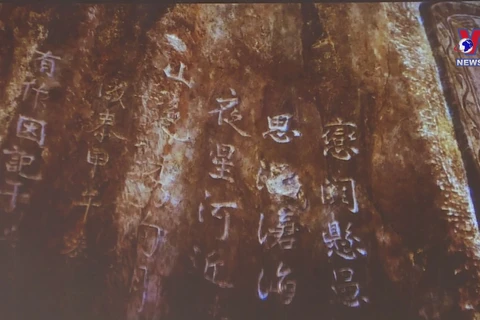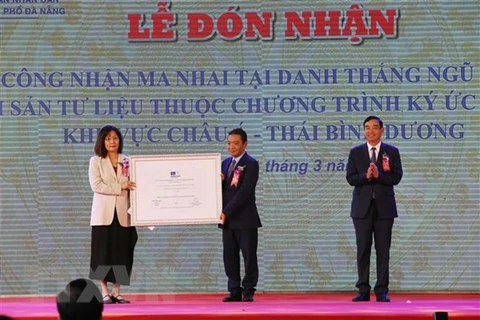
Hanoi (VNA) - The Nine Dynastic Urns, housed in the Hue Imperial Citadel in the central province of Thua Thien-Hue, have been inscribed in the Memory of the World Programme for the Asia - Pacific Region, marking Vietnam’s 10th UNESCO-recognised documentary heritage.
The Nine Dynasty Urns were cast for two years, from 1835 to 1837 at the time of the King Minh Mang – in front of the The Mieu Yard.
King Minh Mang ordered the casting of the urns in December 1835. More than a year later, the work was completed and continued to be refined.
Going through 200 years, all the royal urns still stand in their original placements and remained intact through wars.
These are original and unique copies. Since their formation, the Nine Dynastic Urns have never undergone repair, not even a small detail. Therefore, they have unique original value and are irreplaceable.
The Nine Dynastic Urns are not just a mere decoration but the country’s first illustrated handbook on biodiversity.
Among the 162 embossed motifs on the bronze urns of the Nguyen Dynasty in Hue, up to 90 images illustrate the typical Vietnamese flora and fauna.
They can also be considered a part of the Vietnam Red Book or a list of species in need of protection in ancient times.
The Nine Dynastic Urns are written in Chinese characters and the documents are represented by images bearing names of places, kings’ names, creatures, plants, rivers and mountains. Particularly, they assert the nation’s sovereignty over seas and islands.
Other documentary heritage winning similar title include Vinh Nghiem woodblocks (Bac Giang province), literature on Hue royal architecture (Thua Thien-Hue province), Phuc Giang School woodblocks (Ha Tinh province), Vietnam’s “Hoang Hoa su trinh do” (The Envoy’s Journey to China), “ma nhai” steles on Ngu Hanh Son Mountain (Da Nang city), Sino-Nom documents from Truong Luu village (Ha Tinh province).
Vietnam is also home to three world heritage documents: the woodblocks of the Nguyen Dynasty, the Doctor’s steles at the Temple of Literature, and the imperial records of the Nguyen Dynasty./.























